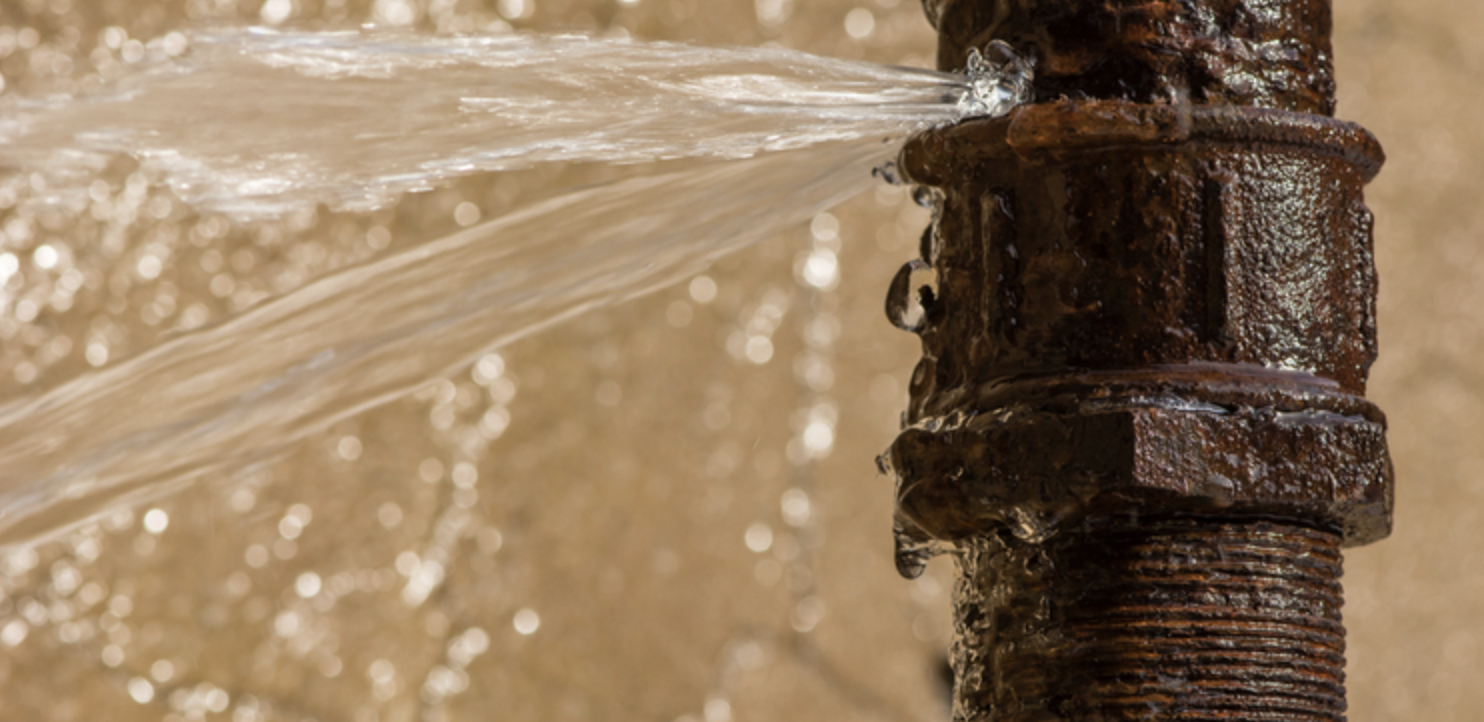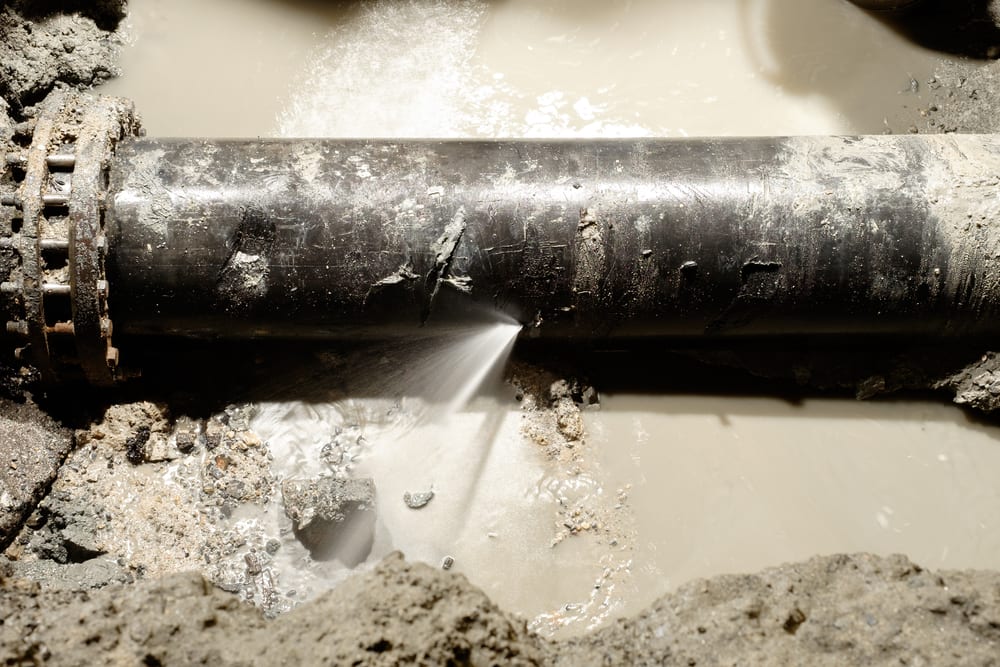What're your ideas on How to install a dishwasher safely?

A ruptured pipe is a significant emergency; you can only stand as you see water you pay very much to reunite with the earth. In even worse situations, you notice a swimming pool on your kitchen flooring, which is a terrific trip danger, especially if you have children around. If the pipe that burst was in your wall surfaces, problem: you may need to repaint that whole area.
Exactly how can a disaster like a ruptured pipeline be protected against and also handled? Well, by paying attention to your specialist emergency plumbing technicians and also following these policies.
How do I know when my pipes have burst?
Fluctuating water pressures
Pipelines do not simply burst in a day. You may have observed that your kitchen tap or shower does not run quickly when you turn the tap. It may stop for a couple of seconds and after that blast you with more pressure than typical.
In various other instances, the water might seem normal initially, after that decrease in pressure after a few seconds.
Wet wall surfaces and water spots
Prior to a pipeline ruptureds, it will leak, many times. If this consistent dripping goes undetected, the leakage may graduate into a vast gouge in your pipe. One very easy way to prevent this emergency is to keep an eye out for damp wall surfaces advertisement water discolorations. These water stains will lead you right to the leak.
Puddles under pipes and sinks
When a pipe ruptureds, the discharge develops a pool. It might show up that the pool is growing in size, as well as no matter the amount of times you mop the puddle, in a few minutes, there's one more one waiting to be cleaned. Frequently, you might not have the ability to map the pool to any type of noticeable pipelines. This is an indication to call an expert plumber.
Untraceable leaking noises
Pipeline ruptureds can take place in the most unpleasant areas, like within concrete, inside walls, or under sinks. When your house goes quiet, you might be able to listen to an irritatingly relentless leaking noise. Even after you have actually checked your shower head and kitchen area faucet, the leaking might proceed.
Dear reader, the trickling might be coming from a pipe inside your walls. There isn't much you can do regarding that, except inform a professional plumber.
Shut off the Water
When water ices up, it increases in volume by regarding 9 percent. And it broadens with significant pressure: The pressure inside pipelines might go from 40 extra pounds per square inch to 40,000 psi! No pipe can hold that much pressure, so it breaks open. The break might happen where the ice forms, yet more frequently, it happens where water pressure locates a vulnerable point in the pipe. That might be inches and even feet from the icy location. Find the water shutoff valve and also shut off the water to avoid even more damage. You might likewise need to shut down the electrical energy as well, relying on where the leaks happens and just how huge it is.
Polluted water
Lots of people assume a ruptured pipe is a one-way electrical outlet. Quite the contrary. As water spurts of the hole or tear in your plumbing system, contaminants locate their way in.
Your water might be contaminated from the source, so if you can, examine if your water storage tank has any kind of issues. However, if your alcohol consumption water is provided as well as detoxified by the city government, you must call your plumber promptly if you see or smell anything funny in your water.
What do I do when I find a burst pipeline?
Your water meter will certainly continue to run also while your water wastes. To decrease your losses, find the primary controls and also turn the supply off. The water pipe are an above-ground framework at the edge of your residential or commercial property.
How to Fix & Detect a Leaking Pipe
How Do I Know if a Pipe is Leaking?
Leak detection tests can help you determine if your pipe has a leak. Even if you don’t see an apparent leak, you should still conduct leak detection tests regularly to save water and money—and prevent major damage to your home.
Water meter. It can be helpful to figure out what your usual water meter usage numbers are and then monitor them regularly. To monitor your meter, first, turn off all water faucets in your home. Check the meter and write down the numbers. In a few hours, check the meter again. If the numbers have changed, you have a leak. Water gauge. Use a water gauge to test your water pressure. Your showerhead should produce a certain amount of water pressure based on its model and design. If the pressure is lower than it is supposed to be for that specific showerhead, your home likely has a leak. Puddles. Look inside your bathroom, laundry, and kitchen sink cabinets. Puddles around the cabinets or around toilets, tubs, showers, and washing machines indicate the presence of a leaking pipe. You may also notice loose tiles, peeling or flaking paint, or mold caused by water accumulation. Napkin test. Even if you don’t see any puddles, you may still have a leak. You can test for water leaks in the bathroom, laundry, and kitchen by wiping below-sink connections with a napkin, paper towel, or piece of toilet paper. If it becomes damp, you probably have a leaking pipe under the sink. Discolored walls. Walls that are discolored—usually with brown or yellow stains—or bulging might mean that they have been impacted by water damage caused by a leaking pipe. Smell. A leaky pipe will create sitting water, and over time, that water may develop a musty smell. If your home smells musty, but you can’t locate the source, it may be due to a leak. Steps for Fixing a Leaking Pipe
A leaky drain can be remedied by tightening the pipe base, replacing the drain seal, caulking the rim, and tightening the pipe nut. Similarly, a leaking toilet pipe can be treated by tightening the packing nut. You may also need to replace the valve. A leaky faucet may just need tightening or replacement of the washers. If that doesn’t work, consider replacing your faucet. If your pipe has a hole in it, you may want to use a pipe leak sealer or pipe leak tape. This quick fix for water pipe leaks can also temporarily fix a copper pipe leak. https://www.ahs.com/home-matters/quick-tips/how-to-tell-if-pipes-are-leaking/

Do you enjoy more info about How to Prepare for Your Dishwasher Installation? Write a remark further down. We'd be pleased to see your opinion about this blog posting. We hope that you visit us again before long. Do you know about another individual who is looking into How to Install and Connect a New Dishwasher? Be sure share it. Thank-you for your time invested reading it.
Expertise? Call us!